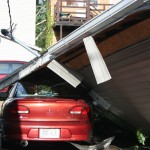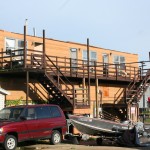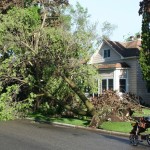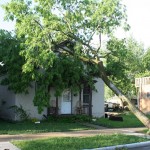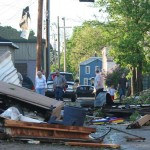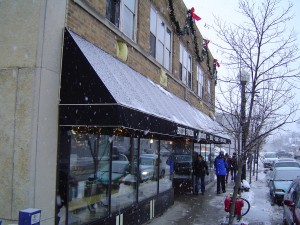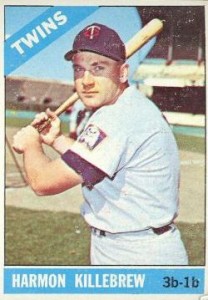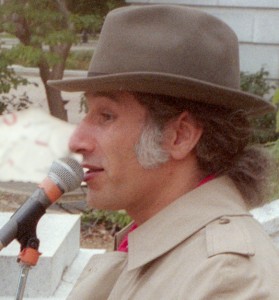
A panoramic view of Mars taken by the rover "Spirit" from a hilltop several miles from its original landing site.
Many years ago, some scientists and engineers designed a robot to crawl around on Mars, taking pictures, gathering data, and performing experiments along the way. In most space projects, the design work is a big part of the cost, so to build two robots doesn’t cost much more than to build one, and they can back each other up in the event something goes wrong with one of them.
They launched the robots – named Spirit and Opportunity – in 2003. At that time, space machines on their way to Mars were haunted by a streak of bad luck where they had a tendency to disappear when they should have been landing. But these machines both landed on opposite sides of the planet as planned, overcame some early glitches, and went on to perform beyond expectations.
Each rover had its own team of scientists minding it back on Earth. With the rovers on opposite sides of Mars, one crew slept while the other crew worked. They were scheduled to work for the expected life span of the rovers, which was 90 Martian days… just over three months.
Last week, the space agency announced that Spirit has gone dark… six years after it first landed on Mars. Scientists have learned many amazing things about Mars that we didn’t know before. For the rest of us, we get to see Mars as a place that doesn’t look much different than some parts of Arizona.
We now have a better understanding of that world and our own world, but when we find answers we also find more questions. But we’re not finished yet… Opportunity is still running, roving around, taking pictures, digging up dirt, drilling into rocks, and doing all the other amazing stuff that was designed into it nearly a decade ago.
Many people say we shouldn’t spend money on exploring the solar system, that we have far more pressing needs at home. The total cost of designing, building, launching, tracking and controlling the two rovers is about a billion dollars. That’s less than one B-2 bomber, or one day of the Iraq war. I think our great scientific minds are put to better use building space robots instead of war machines.
The same factories that build military hardware also build machines for interplanetary exploration. The rocket scientists who design cruise missiles can also design Mars landers. And the technology that enables these missions benefits all of us… after all, the first digital cameras were designed for robotic spacecraft.
The life of Spirit says so much about the kinds of amazing and cool stuff we can do. We need fewer bombers and tanks, and more Spirit.




